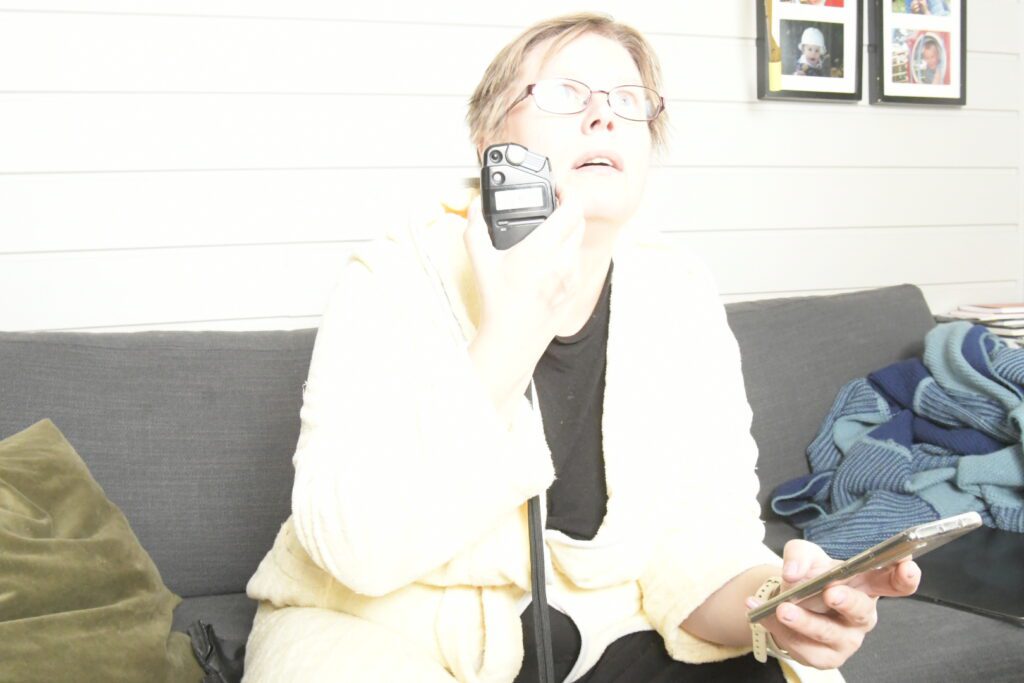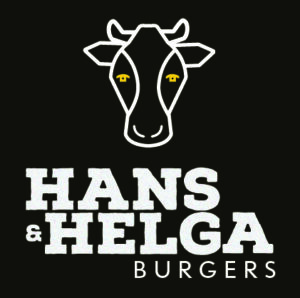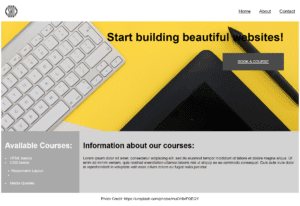The second semester starts with screen based design, such as web pages and apps. As a graphic designer, you don’t need to know how to code, but I would say it makes your job so much easier if you know the limitations and possibilities of HTML before designing for screen based media.
In this task, the goal is to get to know the fundamentals of screen based design; html, css and … the internet. Feels funny to create a blogpost about what the Internet is, since Internet has been a part of peoples life since… the early 2000 at least and nobody can imagine a world without it. Anyhow…
The internet is a network of computers connected through routers. A public accessible server can be accessed from anywhere in the world – not directly, but by connecting through other nodes in the network (that’s why a web page with base in China may be slower than your local site).
HTML is the mark-up language (aka not a programming language) that makes up a webpage. It defines the structure of the page, such as headers, main content, footer, sections, heading etc. The language consists of tags and tags may have attributes. A tag can be open or a self-closing tag. An open tag has content between the opening and closing tag (for example a heading, where the heading text is between the heading definition (aka the heading tags). Img (the image tag) on the other hand, is a self-closing tag. HTML used to come in many flavours, but W3C has worked hard to standardize the mark-up language, so that browsers and screen readers understand how to interpret it. The current HTML standard is HTML5.
A browser is a program (or app) that allows you to see webpages on the internet. The most frequently used one is Chrome.
A search engine is a program that allows you to search for information on the internet. A search engine uses a crawler, a small program that visit pages on the internet and captures their content. When the capturing is done, the page is indexed. An index is a fast way to retrieve information. You can compare it with the library and the index is the library cards (you have to be of a certain age to remember libary cards. They are now digital as most other things in this world). Anyway: the library cards was the place you went if you wanted to know where a certain book was placed in the library. To look in the library card to locate a book is much faster than searching all library shelfs.



